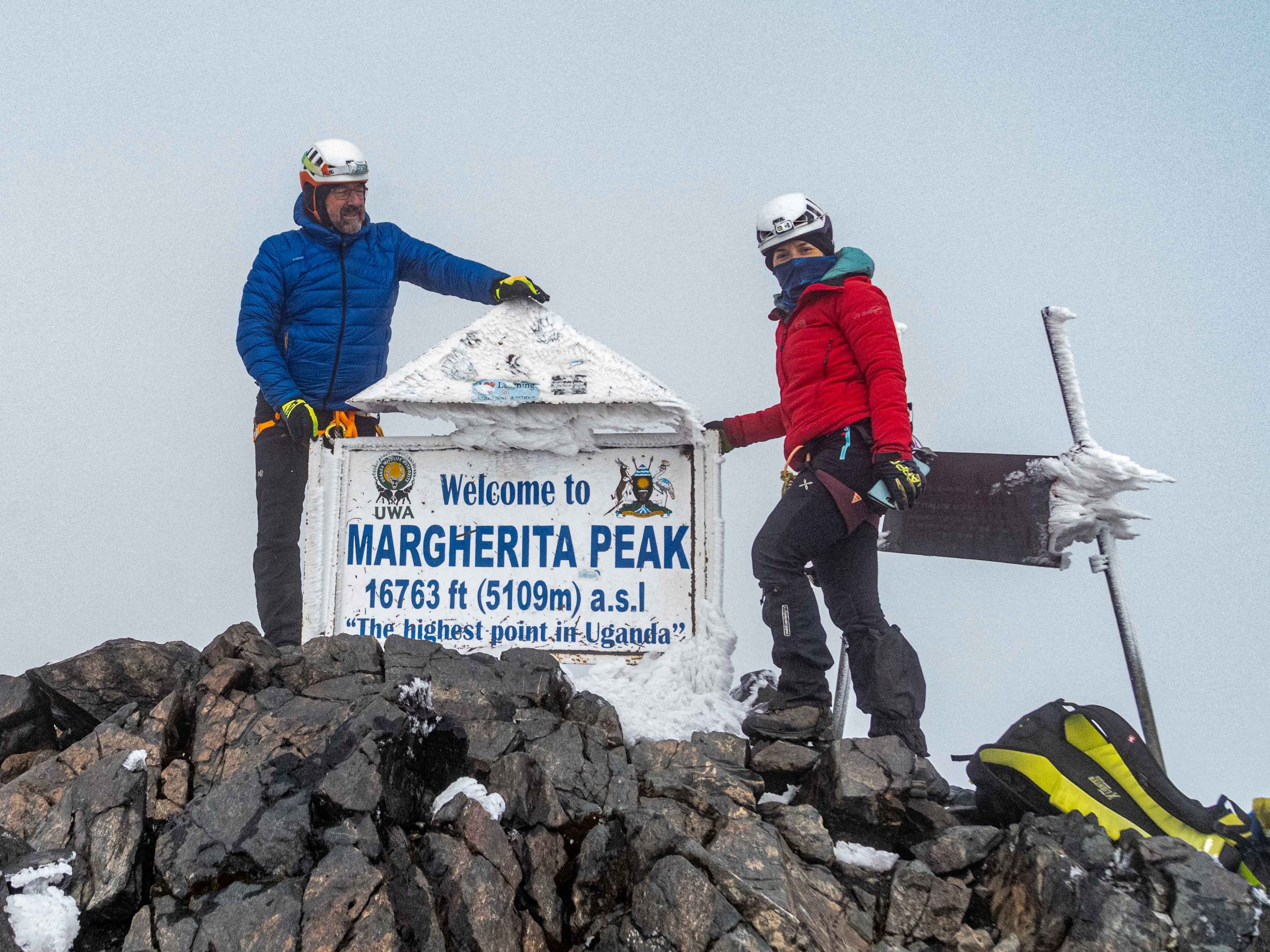Why Is Rwenzori mountain national park not hot?.
Why Rwenzori mountain national park not hot? Are you planning to visit Rwenzori mountain national park but you are curious about why the park is not hot? Well, Mount Rwenzori National Park is well-known for its breathtaking alpine landscape, glaciers, and varied ecosystems. It is situated on the border between Uganda and the Democratic Republic of the Congo. Mount Rwenzori National Park has a year-round comparatively mild temperature, in contrast to many other parts of Africa that have hot and dry weather. Despite being close to the equator, the park has a distinct climate due to a combination of geographical and environmental factors and these include;
 Elevated altitude
Elevated altitude
Mountain Rwenzori National Park’s high elevation is largely responsible for its temperate climate. The “Mountains of the Moon,” or Rwenzori Mountains, reach elevations of more than 5,100 meters (16,700 feet) above sea level. Temperatures in the park decrease dramatically with height due to its varying elevation. Temperatures are lower at higher altitudes because the atmosphere is thinner and less able to trap heat. The temperature decreases by around 6.5°C (11.7°F) for every 1,000 meters (3,280 feet) of elevation gain. Thus, despite the park’s proximity to the equator, the high altitude maintains cool temperatures, particularly in the alpine regions.
The equator’s proximity
The elevation of the Rwenzori Mountains negates the effect of being close to the equator, which usually indicates a warmer climate. Although there is some seasonal temperature variance and comparatively constant daylight hours due to the tropical location, the high altitude cooling influence is the main factor. A distinct microclimate that is significantly colder than the nearby lowlands is produced by the combination of high elevation and equatorial sun radiation.
 The Existence of Glaciers
The Existence of Glaciers
The Rwenzori Mountains’ glaciers are another element that contributes to the park’s mild temperature. By acting as a natural cooling system, these glaciers affect the temperature of the surrounding air. The glaciers nevertheless contribute to the park’s upper elevations’ consistently colder temperatures, despite their retreat as a result of climate change. The glaciers help to maintain lower temperatures by reflecting sunlight and lowering the amount of heat that the mountain’s surface absorbs.
Moist Mountain with Dense Vegetation.
The rich flora of Rwenzori National Park includes montane forests, bamboo zones, and afro-alpine moorlands. Because of its ability to provide shade and hold moisture in the air, the park’s lush vegetation helps to maintain its cool climate. The earth doesn’t get overly heated during the day because of the absorption of heat by the woods and flora. Additionally, the park has a substantial quantity of rainfall all year round, which contributes to the atmosphere’s cooling effects. Rainfall and vegetation-derived moisture contribute to the preservation of a temperate and colder climate.
 Inversion Layers
Inversion Layers
Another factor that modifies the temperature in the park is inversion layers. A temperature inversion occurs when a layer of warmer air above the ground traps a layer of cooler air around it. Lower altitudes may experience colder temperatures as a result, which is typical in mountainous areas. Inversion layers may be a factor in some of the cold temperatures encountered in Mount Rwenzori National Park, particularly at night and in the early morning.
Patterns of Wind
The Rwenzori Mountains are also susceptible to particular wind patterns that affect the temperature in the area. Cooler microclimates can be produced by the mountains through blocking or redirecting winds. In addition, the windward side of the range experiences lower temperatures and more precipitation due to the orographic effect, which causes wet air to ascend and cool as it passes over the mountains.
Conclusion.
Lastly, Mountain Rwenzori National Park’s high altitude, closeness to the equator, glaciers, thick vegetation, inversion layers, and distinct wind patterns all contribute to the park’s cold temperature. Combining these elements results in a microclimate that defies the regular hot and dry weather found in many parts of Africa. A unique and precious natural wonder, the park continues to draw adventurers and nature lovers from all over the world with its low temperatures, stunning landscapes, and various ecosystems.
